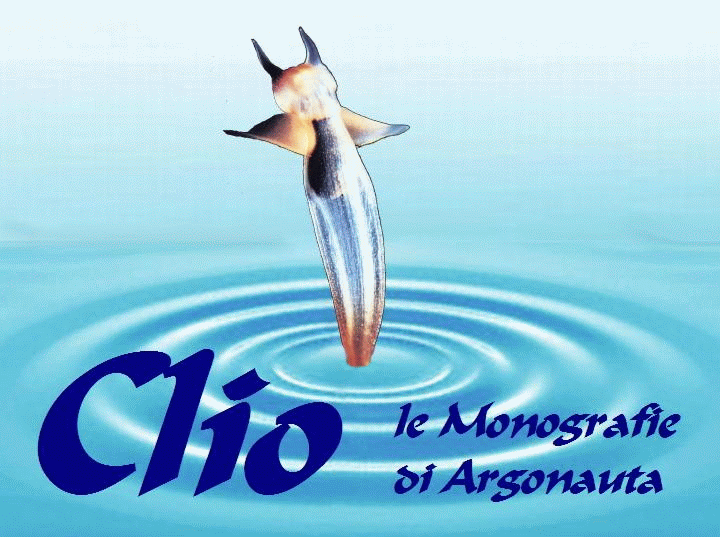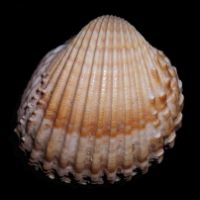
Clio supplemento a Argonauta n. 7-12 2011
 |
 |

Acanthocardia tuberculata (Linnaeus, 1758)
La nomenclatura
Avrai notato che nelle pagine precedente c'è scritto Gastropoda mentre nel commento c'è scritto Gateropodi. Questo perchè il commento è scritto in lingua corrente mentre il nome della classe è scritto in lingua Latina. Si tratta di una delle convenzioni che gli studiosi di tutto il mondo hanno stabilito per meglio gestire lo scambio di notizie e dati nel campo delle Scienze Naturali. La prima regola stabilita è quindi quella di scrivere i nomi scientifici in Latino. La seconda e importante convenzione è che ciascuna specie sia identificata da un nome binomiale. Così come tu sei individuato da un Cognome e un Nome, in maniera molto simile, ciascuna specie di animali viene individuata da un nome di Genere e un nome di specie. Ecco quindi che la specie raffigurata in questa pagina si chiama Acanthocardia tuberculata. Attenzione, però, che a differenza del tuo nome e cognome, che indicano solo te, il genere e la specie indicano tutte le conchiglie come questa. In effetti tu fai parte del genere Homo e della specie sapiens sapiens. Ancora qualche piccola regola aggiuntiva: - il nome del Genere si scrive con la prima lettera in maiuscolo. - il nome della specie si scrive tutto in minuscolo - Genere e specie si scrivono in carattere corsivo. Quindi è sbagliato scrivere ACANTHOCARDIA TUBERCULATA oppue acanthocardia tuberculata, ma anche Acanthocardia tuberculata (non in corsivo). Infine, per meglio capire chi ha dato quel nome a quella specie si aggiunge il nome dell'Autore e, separato da virgola, l'anno nel quale l'autore ha dato per la prima volta quel nome. Una ultima nota sul nome dell'autore: si racchiude tra parentesi se egli aveva inserito la specie in un genere diverso da quello attuale. Vuol dire che nel tempo qualche studioso ha capito che quella specie andava accomunata ad un genere diverso da quello indicato in originale. |
The nomenclature
You'll notice that in the previous pages is written Gastropoda while in the commentary is written Gateropodi. This is because the comment is written in everyday language as the class name is written in Latin. This is one of the conventions that experts around the world have established to better manage the exchange of information and data in the field of Natural Sciences. The first rule set is then to write the scientific names in Latin. The second and most important convention is that each species is identified by a binomial name. So as you are identified by a name and a surname, in a very similar, each species is identified by a Genus name and a species name. Hence the species pictured on this page is called Acanthocardia tuberculata. Beware, though, that unlike your first and last name, indicating to you, the genus and species indicate how this all the shells. In fact you are part of the Genus Homo and the species sapiens sapiens. A few more small additional rule: - The genus name is written with the first letter capitalized. - The species name is written all in lower case - Genus and species are written in italics. So it is wrong to write ACANTHOCARDIA TUBERCULATA or acanthocardia tuberculata, but also Acanthocardia tuberculata (not italicized). Finally, to better understand who gave that name to that species is added to the author's name and, separated by a comma, the year in which the author has given for the first time that name. One last note on the author's name: if he is enclosed in brackets was added to the species in a genus different from today. It means that over time some experts have realized that this species was likened to a genus different from that stated in the original. |
